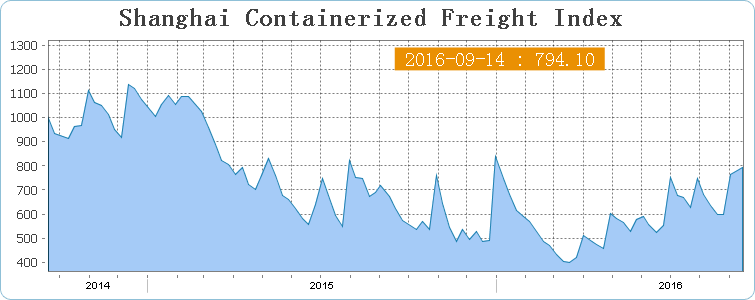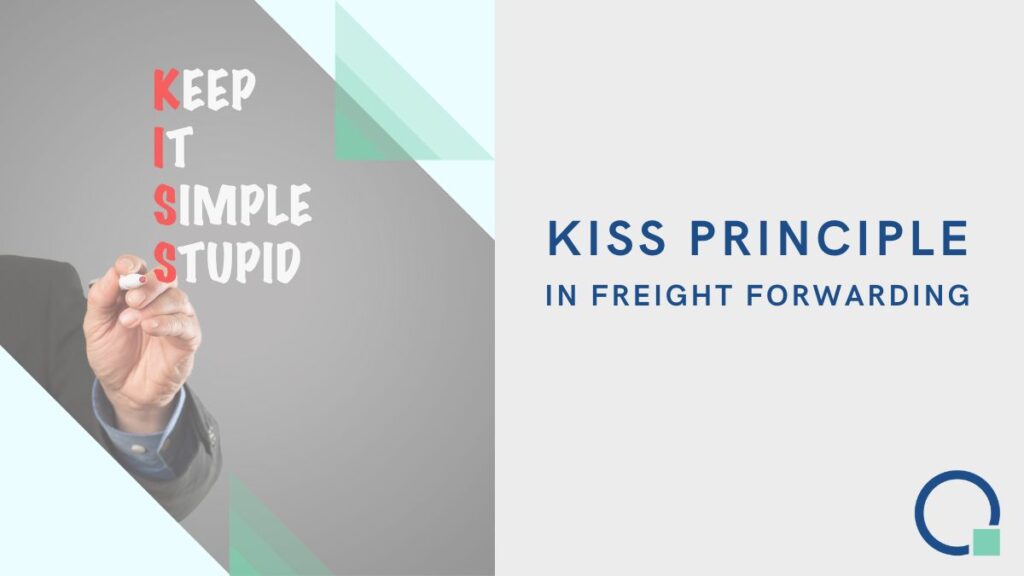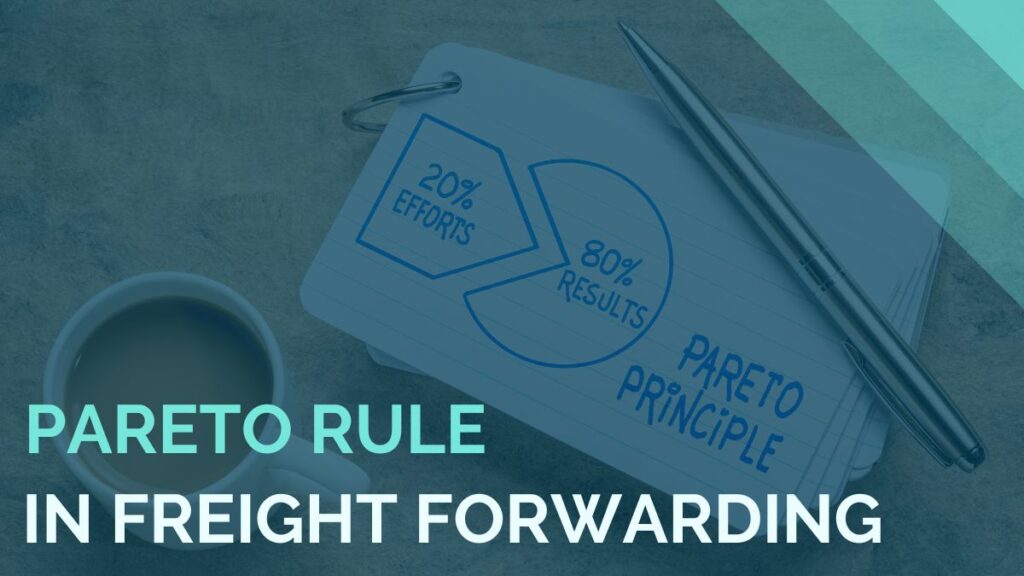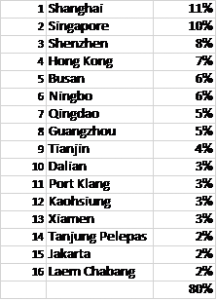Pricing Challenge in Container Shipping
Among other daily routine tasks, sales teams in both shipping lines and freight forwarding companies have to set up and manage the PRICING for the services they offer and send freight rate quotes to their customers. The industry is known for being very slow in quoting freight rates, and there are important reasons why.
What are the reasons for the ocean freight pricing to be so complicated and why it hasn’t been fixed yet?
The Cost of the Ocean Transport
Let’s first take a look at this aspect from a shipping line perspective, and break down the cost structure. In the simple linear example, the total cost of transporting the container from Port A to Port B will consist of:
Origin charges in Port A + Transport from Port A to Port B + Destination charges in Port B
But there are often transhipments on the way, which alter the cost structure:
- Origin charges in Port A1 + Transport from Port A1 to transshipment Port A + Local charges in Port A
- Transport from Port A to Port B
- Local charges in Port B + Transport from transshipment Port B to Port B1 + Destination charges in Port B1
To add more complexity to the list above, most of the cost components consist of sub-components. For instance, origin charges in Port A1 consists of:
- THC (terminal handling charge),
- EXP (export fee),
- DOC (documentation fee), etc
Cost of the ocean transport from Port A to Port B can consist of:
- BAS (basic freight)
- ISPS (security charge),
- ERS (“pirate” surcharge),
- BAF (bunker surcharge),
- LSS (low sulfur surcharge).
Ocean freight surcharges can be indicated in different currencies, depending on the trade lane or even port-port combination. Depending on the shipping line, the abbreviation used in the tariff can be different. For example, bunker surcharge can be called BAF, SBF, or BUC. The low sulfur surcharge can be named LSS, LSF, or ECA – depending on the carrier.
The Challenge for Freight Forwarders
Freight forwarders rarely quote just the ocean freight rate to their customers. Their offers often contain the cost for the inland haulage in both ends, adding even more complexity to the pricing of the shipment. Customs clearance, warehousing, special services – everything has to be calculated into costs for every single shipment.
Now, while the transportation costs are important, they are not the main driving factor for the pricing in the industry. Supply-demand is the king, which dictates the rates and impacts them very often, even too often.
Shanghai Freight Index is the aggregated measurement of the ocean freight rates. It perfectly illustrates their volatility:

It’s not an easy task to maintain the order in the ocean freight pricing when transportation costs are so volatile and complex in their structure.
Complexity vs Simplicity
The end customer (importer or exporter) does not really care about all these factors. They just need to know what is the total price for transporting a container from Port A to Port B. They want the best freight quote, which is easy to understand, as soon as possible.
Shipping lines and freight forwarders face numerous troubles managing millions of ocean freight rates. They struggle to provide freight quotes quickly and accurately. The majority of forwarders still use MS Excel spreadsheets to manage rates.
E-mailing of the bulky MS Excel files back and forth is often the main communication channel between pricing and sales teams. Millions of MS Excel files are sent back and forth, which leads to the loss of revenues and increases the count of manual errors.
At Quotiss, we tackle the main problem of the industry from a different angle: instead of digitizing the enormous complexity of freight rates, we dramatically simplify the freight rate management process, reducing the number of variables in the equation.
Freight rate complexity can be reduced by 99%, following the data patterns discovered by Pareto 100 years ago.
Quotiss sales automation software generates 100% accurate quotes in seconds. The software is user-friendly and tailored to the freight forwarding business. It brings order and structure.
Would You Like a Quick Start with Quotiss?
Click here to register your company. We’ll activate your company’s profile and help with the initial settings and user onboarding. You can start uploading your freight ratesheets and quoting freight from Quotiss on the same day we sign the deal.



